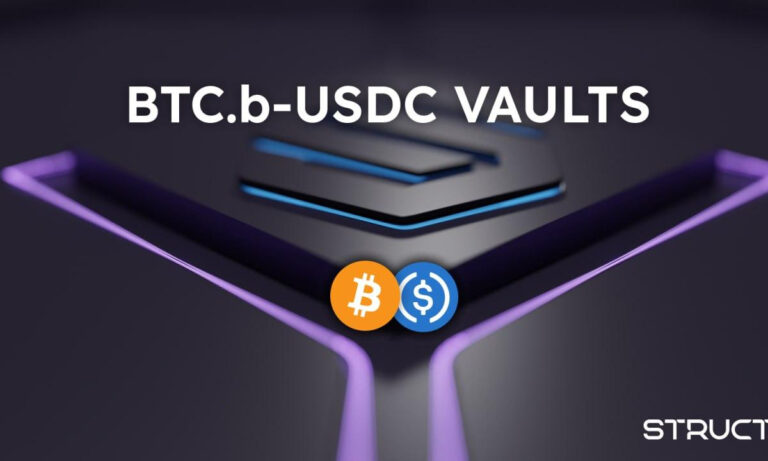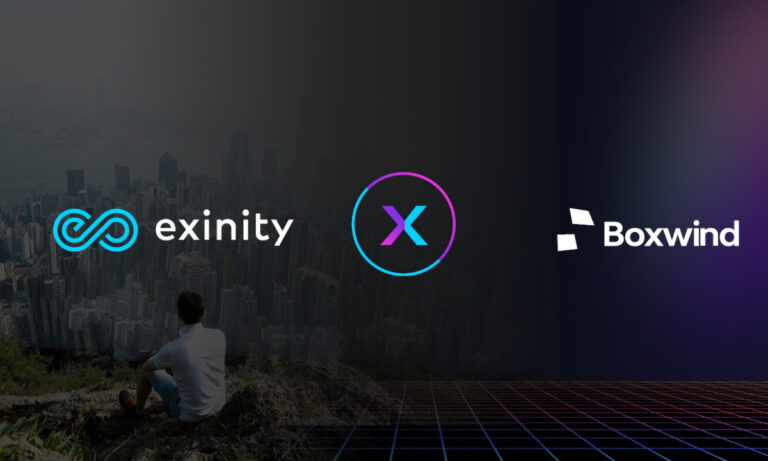Goerli Testnet Experiences Technical Hiccups During Shapella Hard Fork

- Prior to Ethereum validators being allowed to withdraw their Ether, the Shapella hard fork has successfully been implemented on the Goerli testnet.
- The upgrade is expected to bring significant improvements to the network, including improved scalability, security, and sustainability
Ethereum, the world’s second-largest cryptocurrency by market capitalization, is set to undergo a major upgrade called the Shanghai upgrade. The upgrade has been successfully tested on the testnet and is expected to bring significant improvements to the network.
The Shanghai upgrade is a part of Ethereum’s long-term plan to move from the current proof-of-work (PoW) consensus algorithm to a proof-of-stake (PoS) algorithm. This will make the network more energy-efficient and reduce the environmental impact of mining.
Another important change that will be implemented with the Shanghai upgrade is the implementation of EIP-3554. This change will delay the so-called “difficulty bomb,” which is a mechanism that increases the difficulty of mining with every block, making it more difficult to mine new blocks.
Goerli forked!
— timbeiko.eth (@TimBeiko) March 14, 2023
The successful testing of the Shanghai upgrade on the testnet is a positive sign for the Ethereum community and investors. It shows that the development team is making progress towards implementing the upgrade on the mainnet, which is expected to happen later this year.
The upgrade is expected to have a significant impact on the Ethereum ecosystem. It will improve the network’s scalability, security, and sustainability, which will help to attract more developers and users to the platform.
However, it is important to note that any major upgrade to a blockchain network carries risks. There is always the possibility of bugs or vulnerabilities that could be exploited by malicious actors. Additionally, the upgrade could potentially cause disruptions to the network, which could result in temporary downtime or delays in transactions.
In conclusion, the successful testing of the Shanghai upgrade on the testnet is a positive development for the Ethereum community and investors. The upgrade is expected to bring significant improvements to the network, including improved scalability, security, and sustainability. However, as with any major upgrade, there are risks involved, and it is important to monitor the situation closely as the upgrade is implemented on the mainnet later this year.












+ There are no comments
Add yours